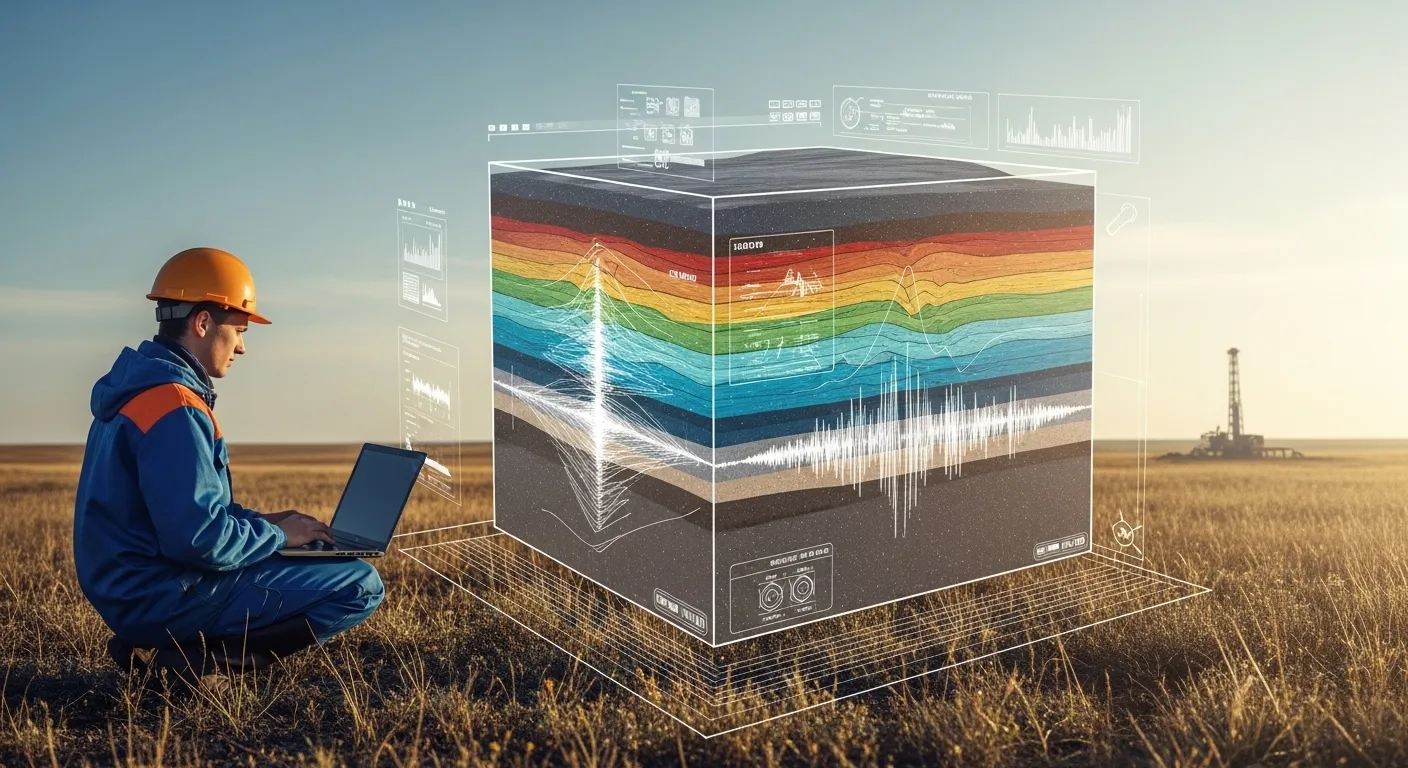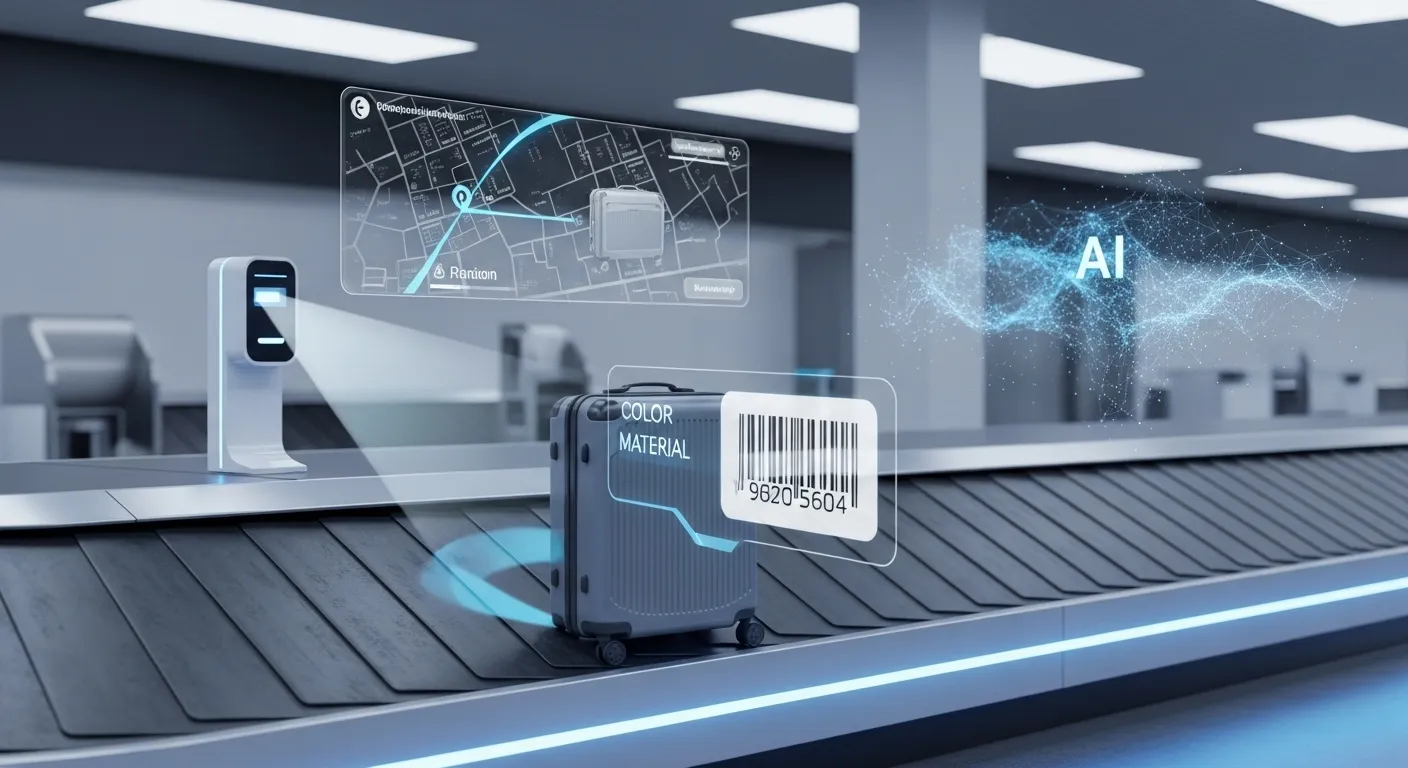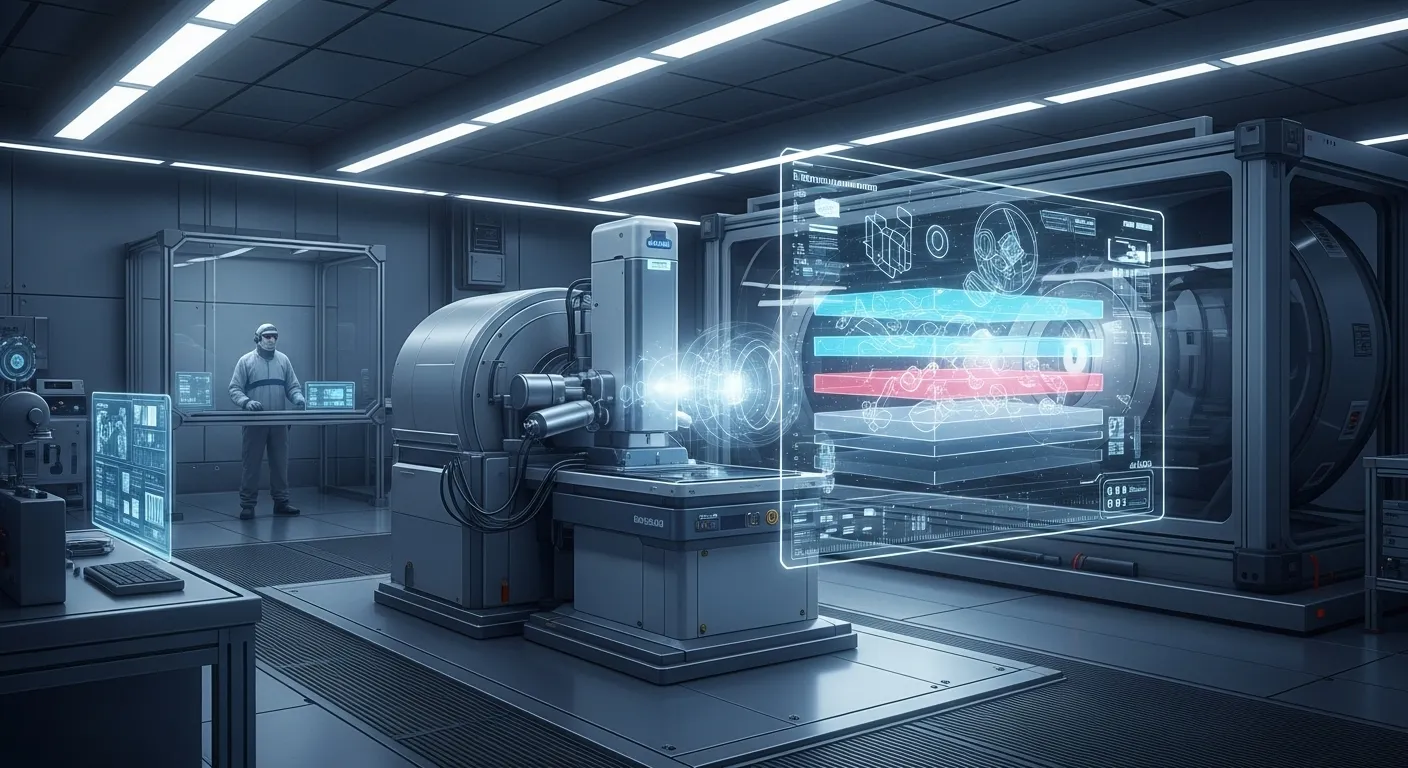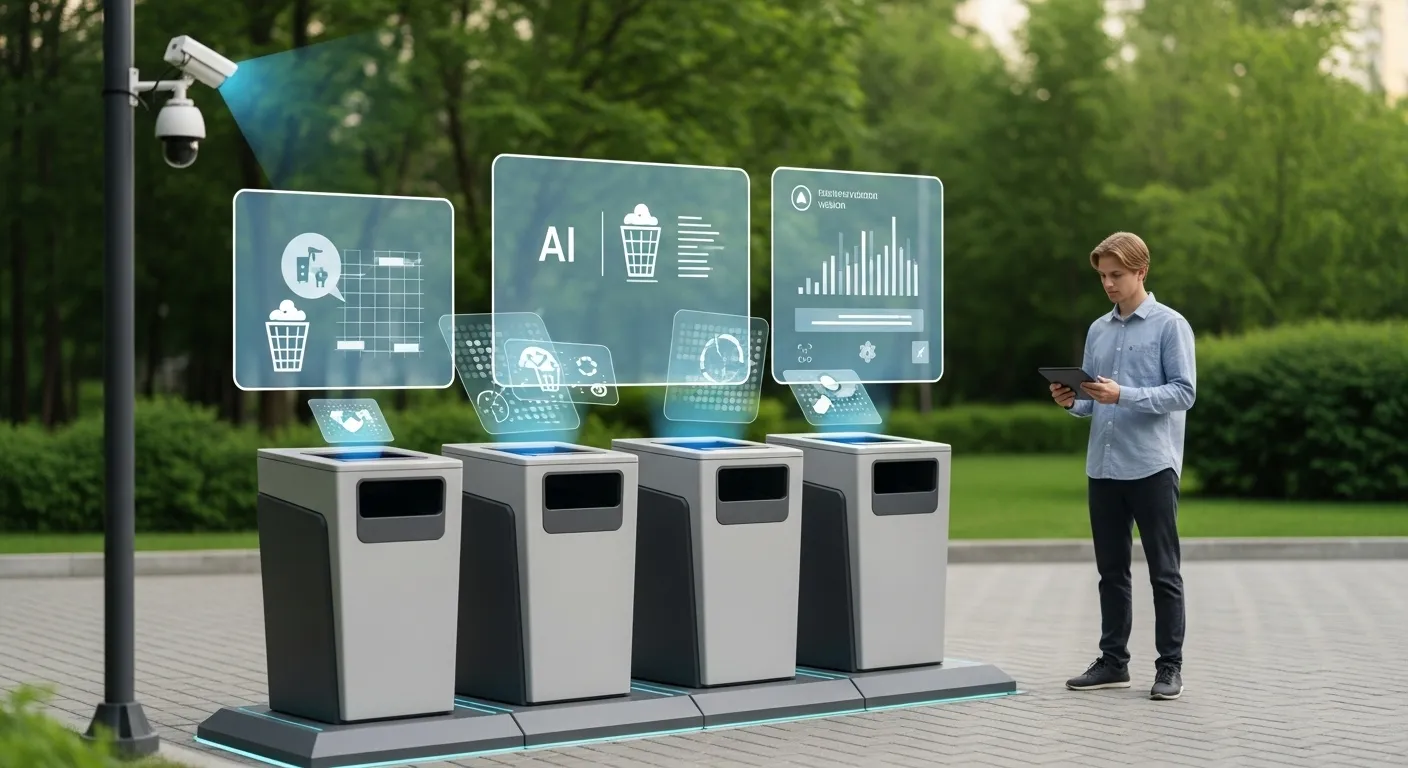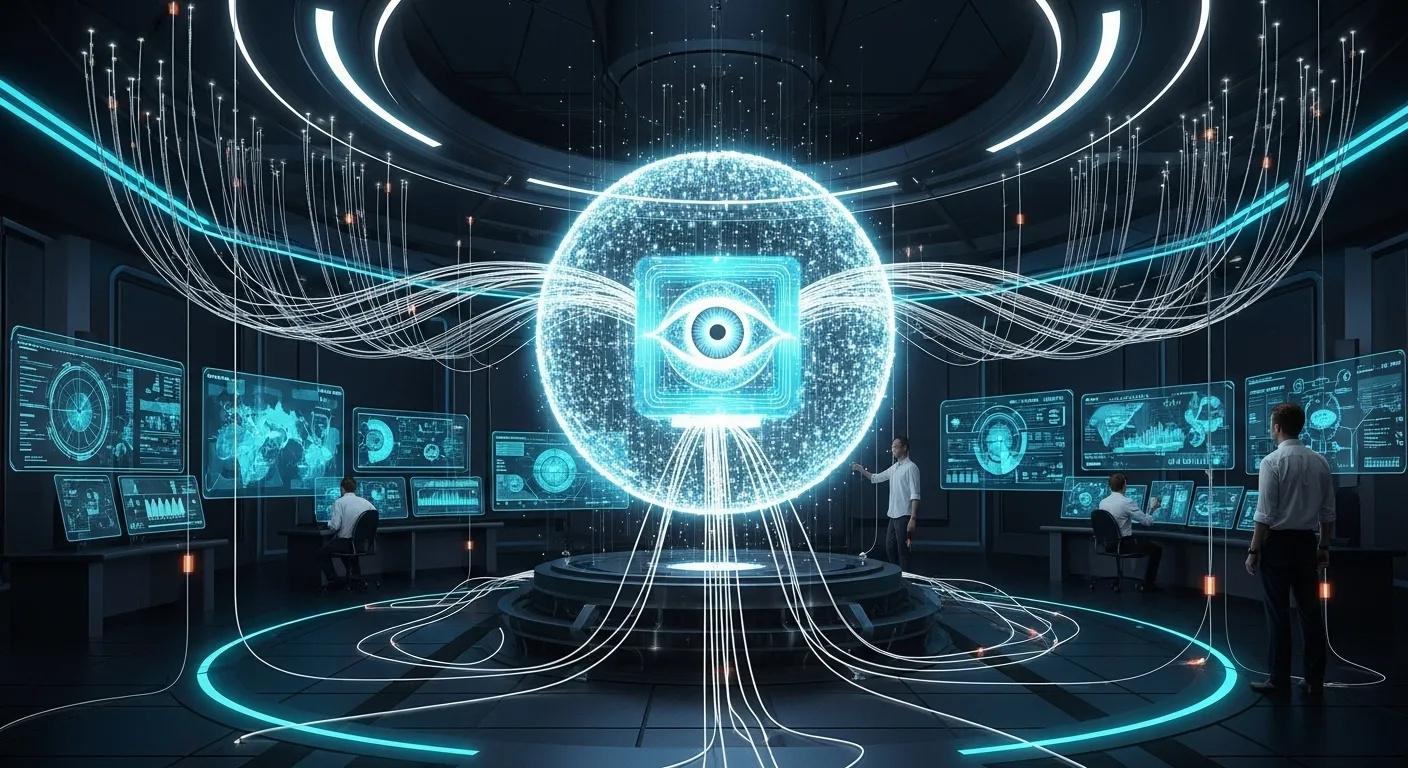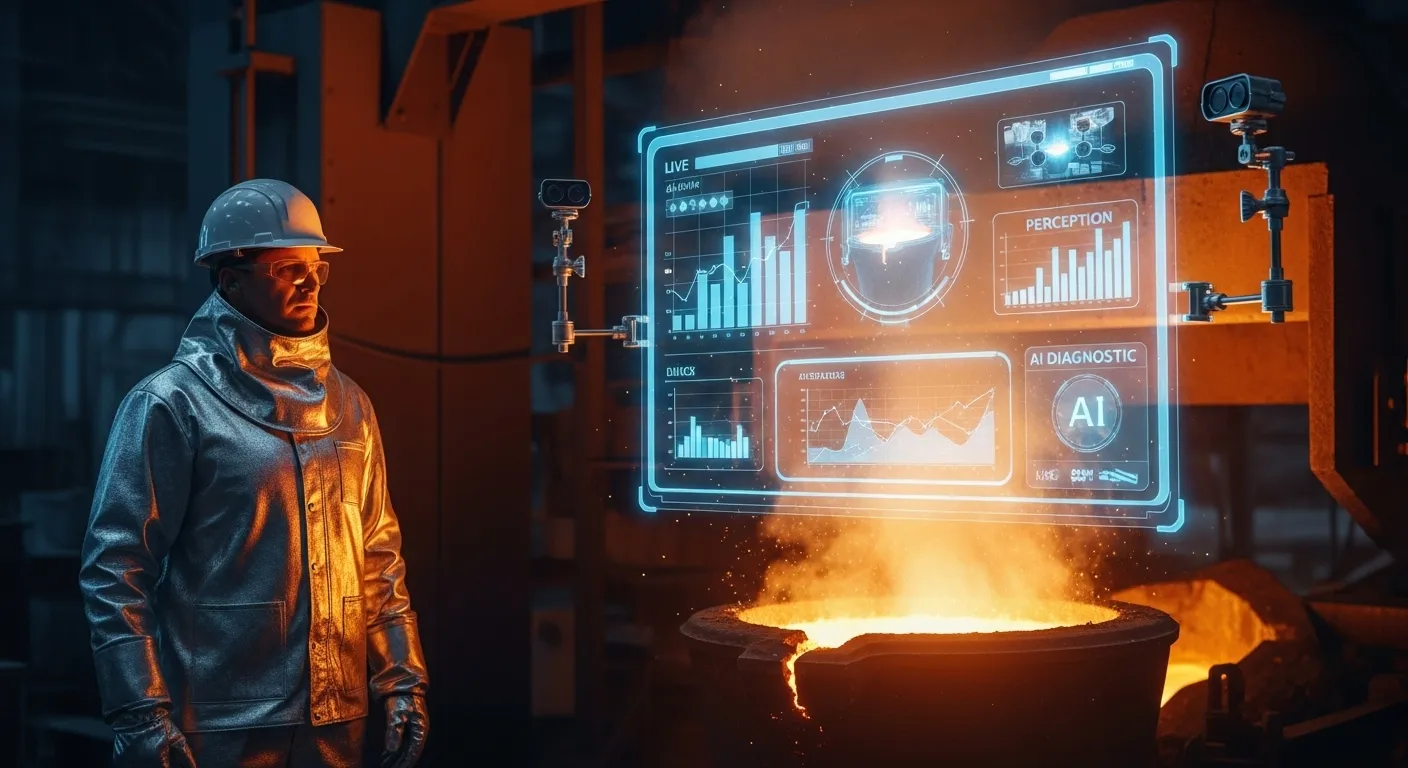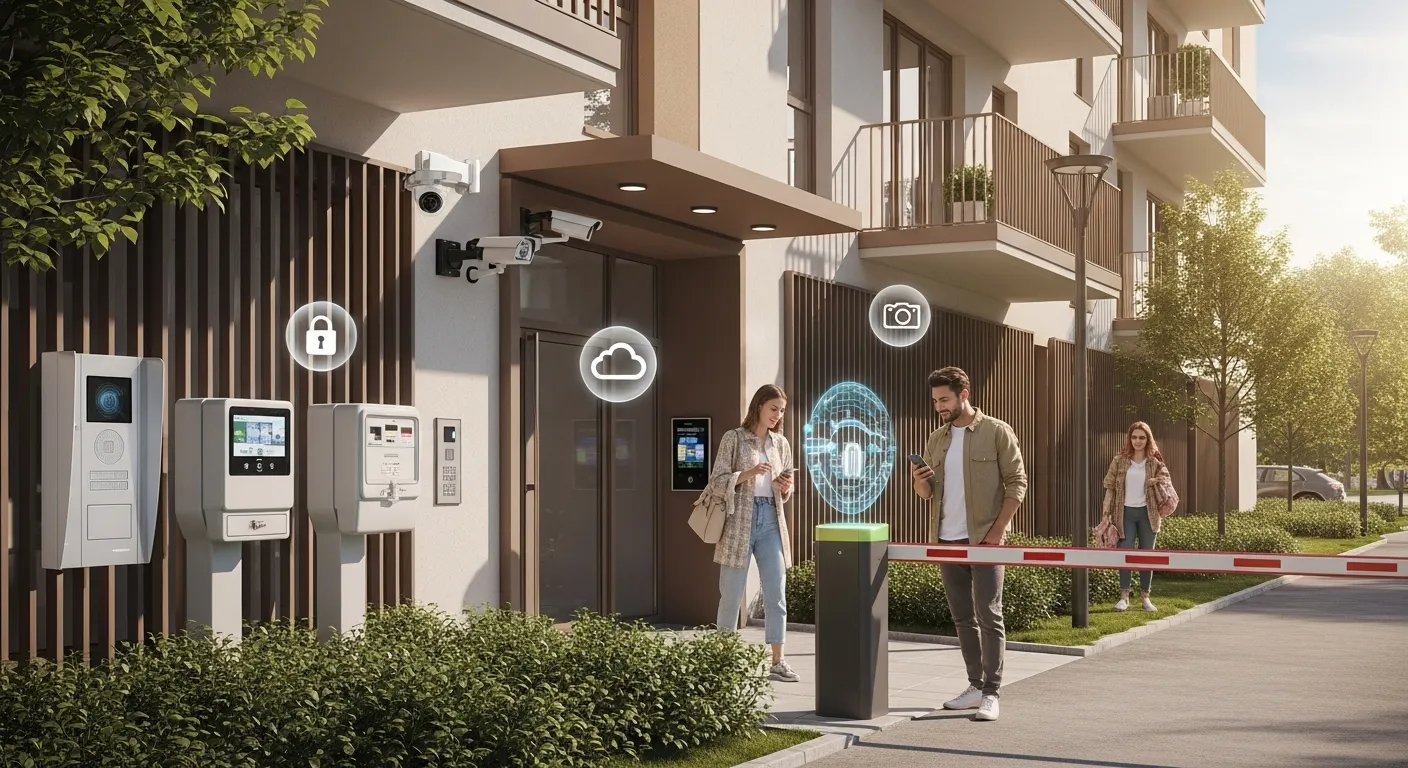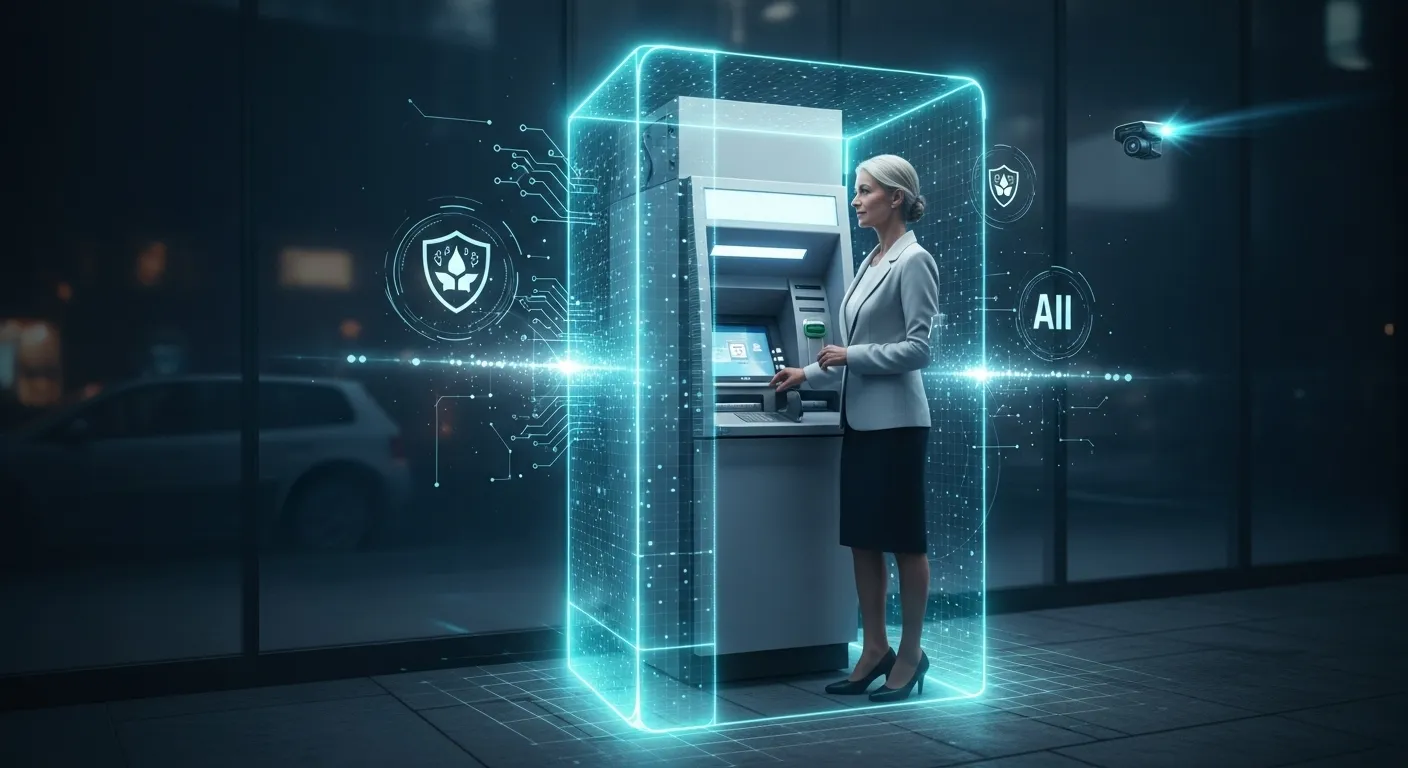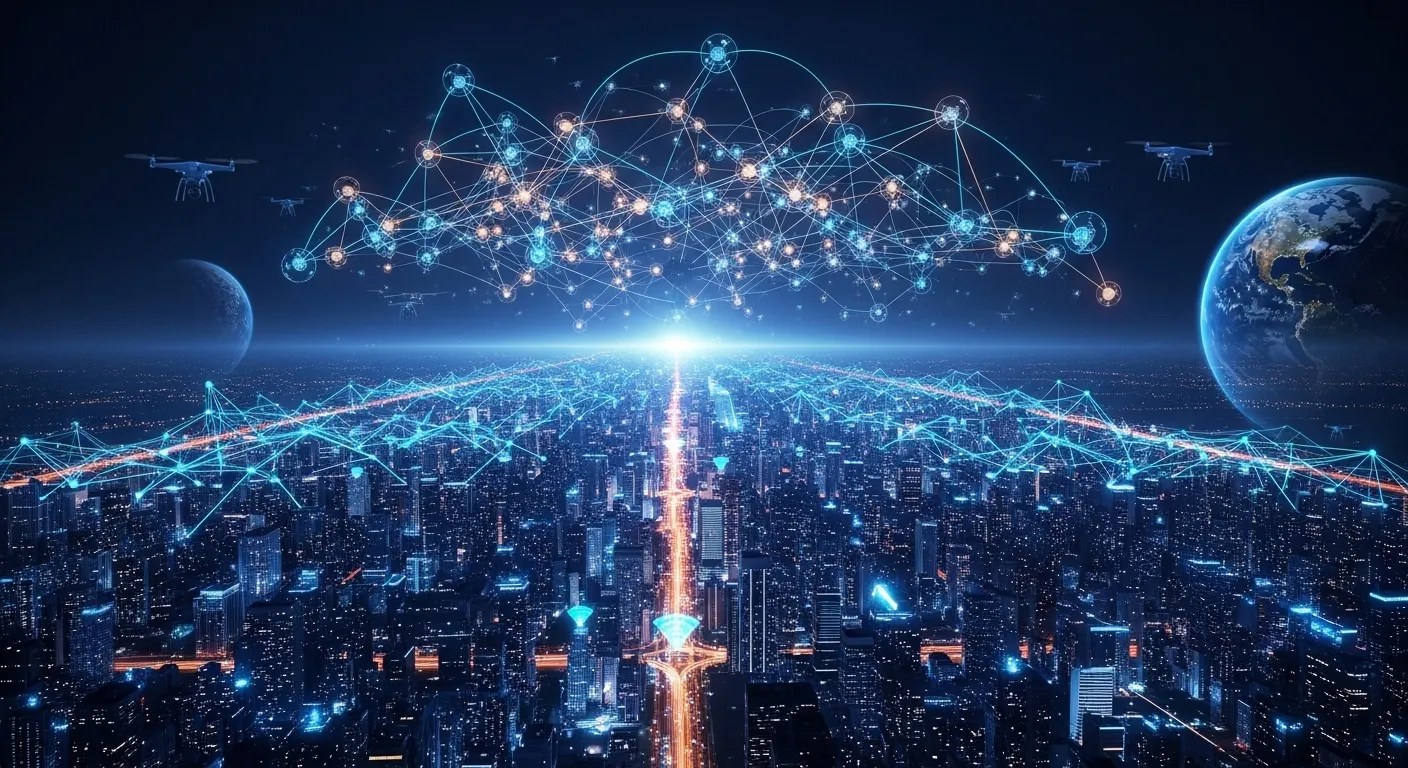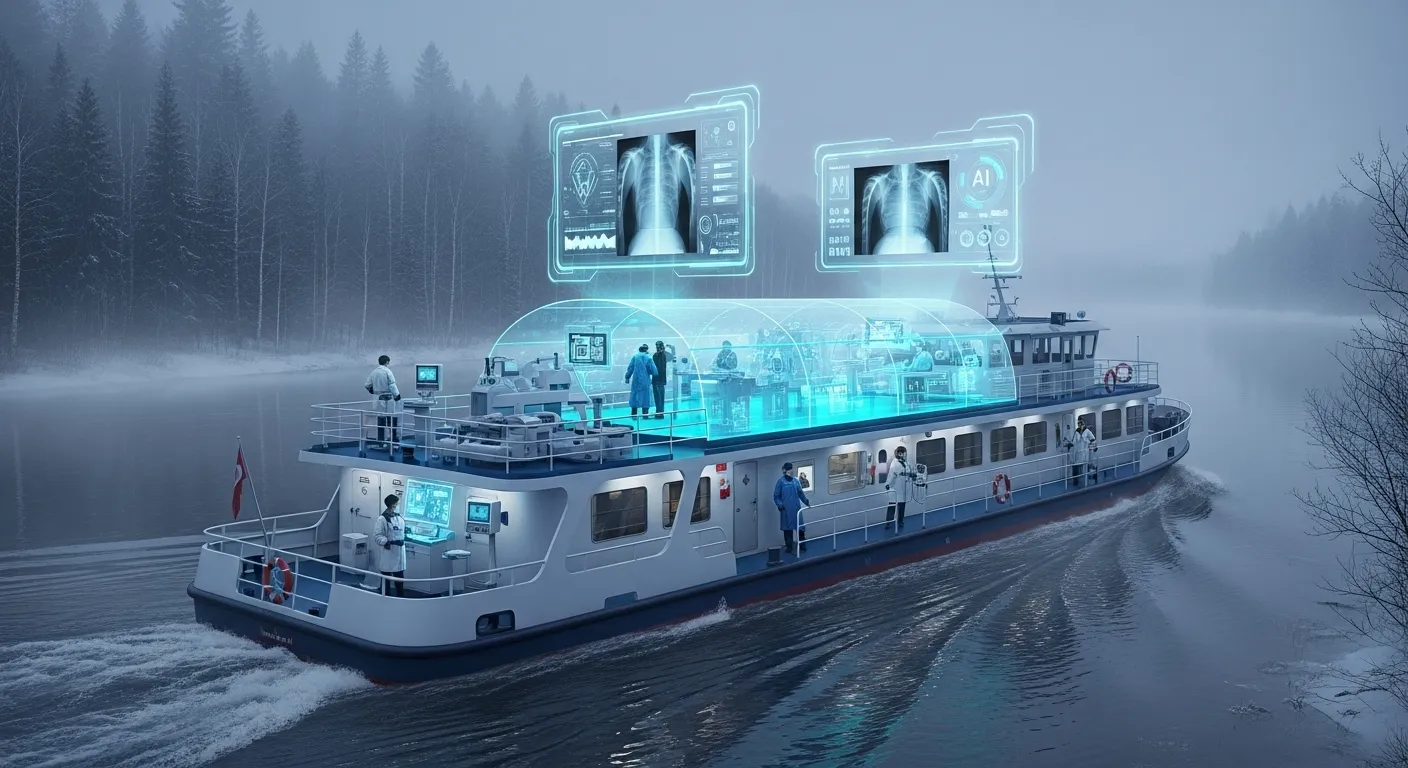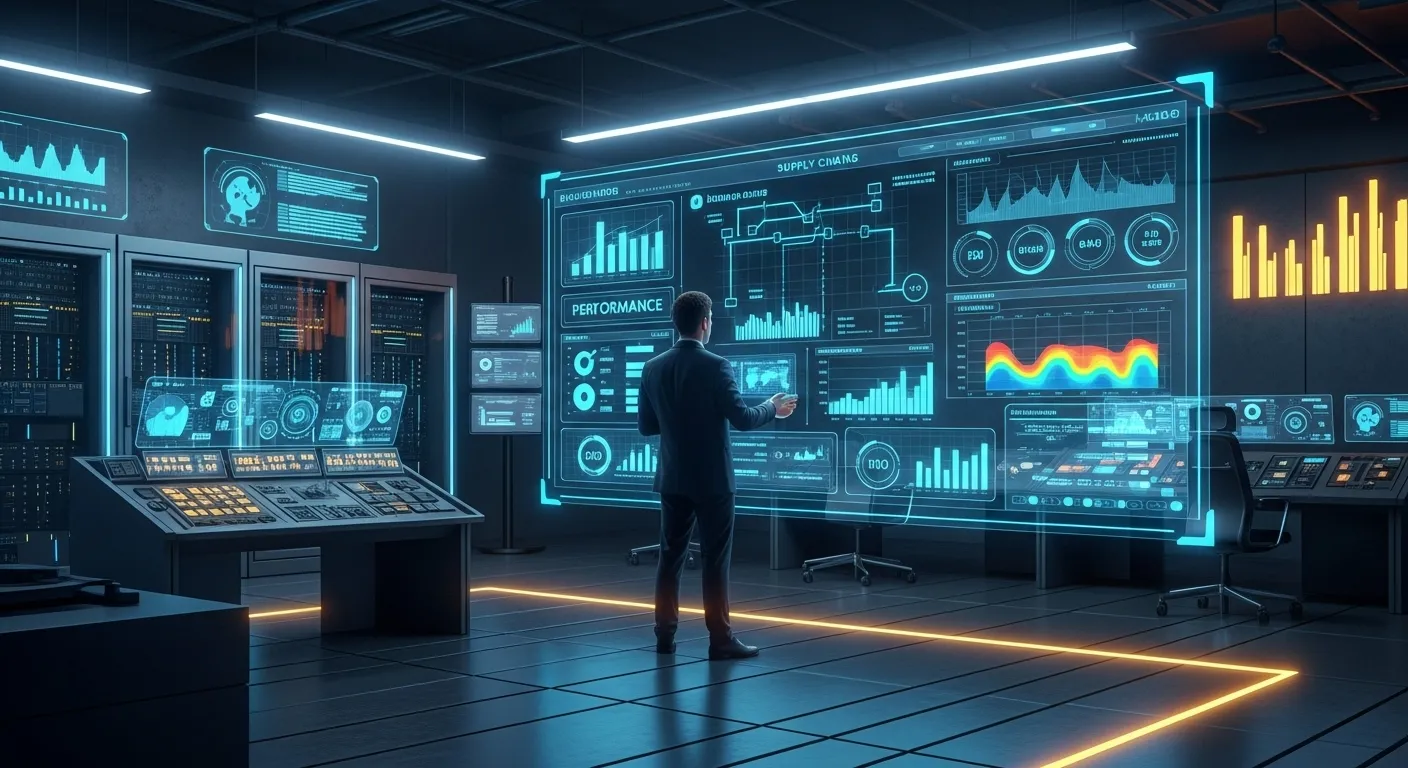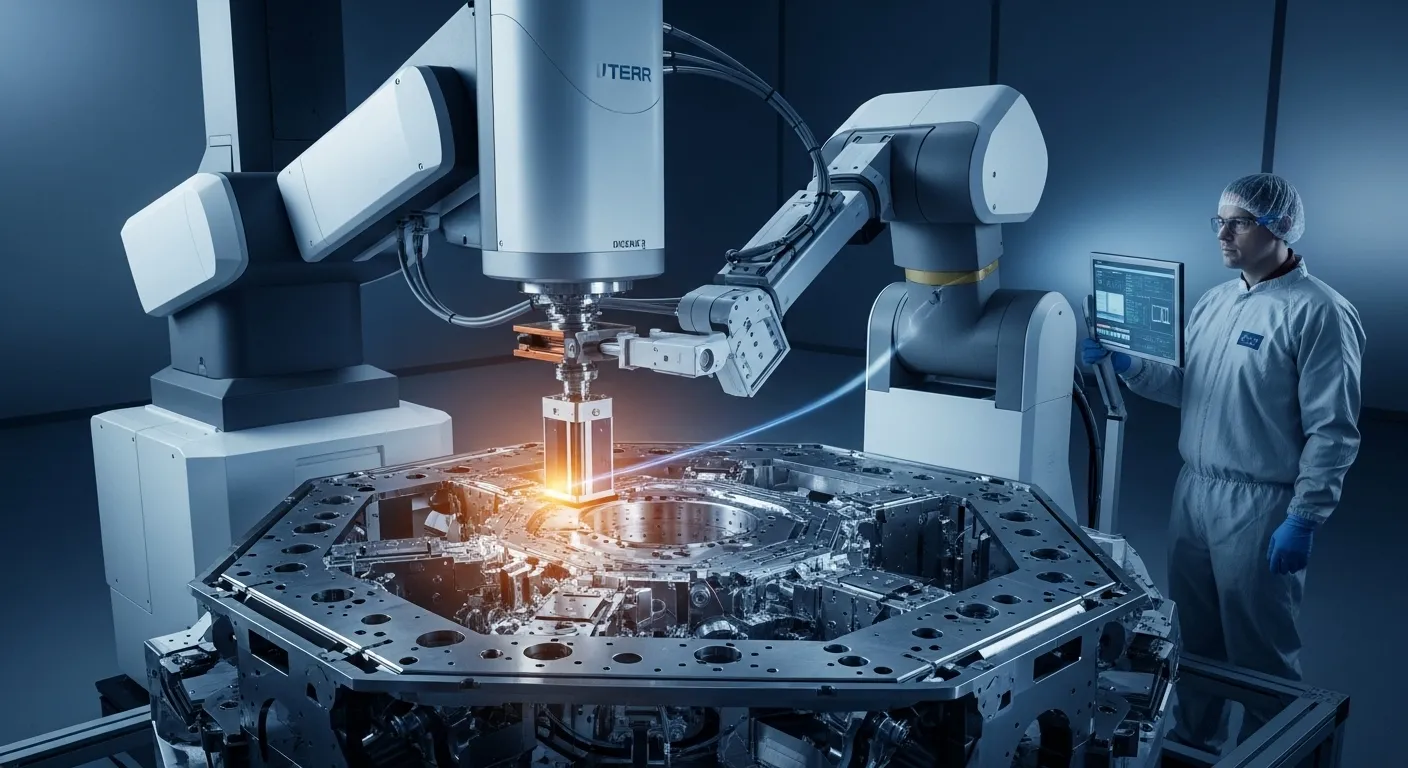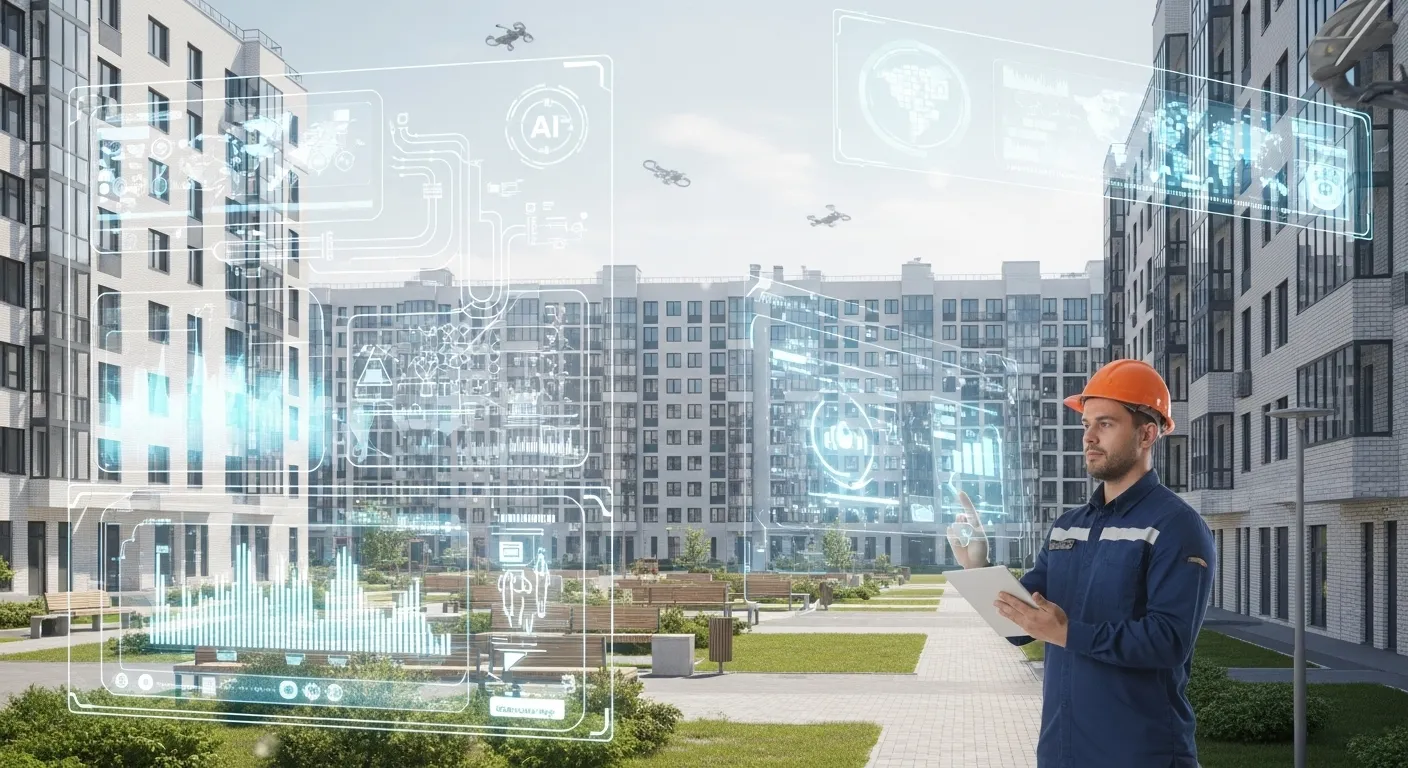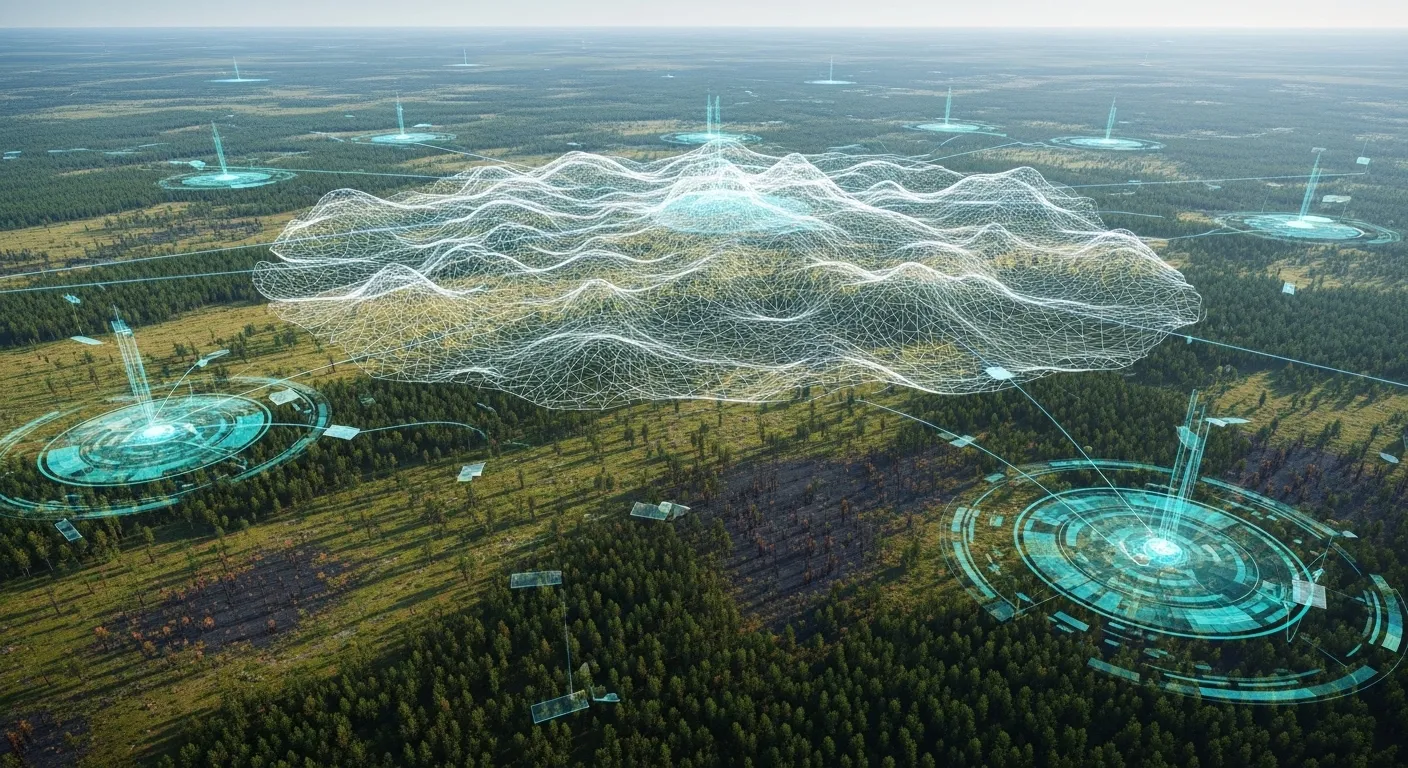When Firefighting Goes Virtual: Russia's Safe and Immersive Training Takes Off
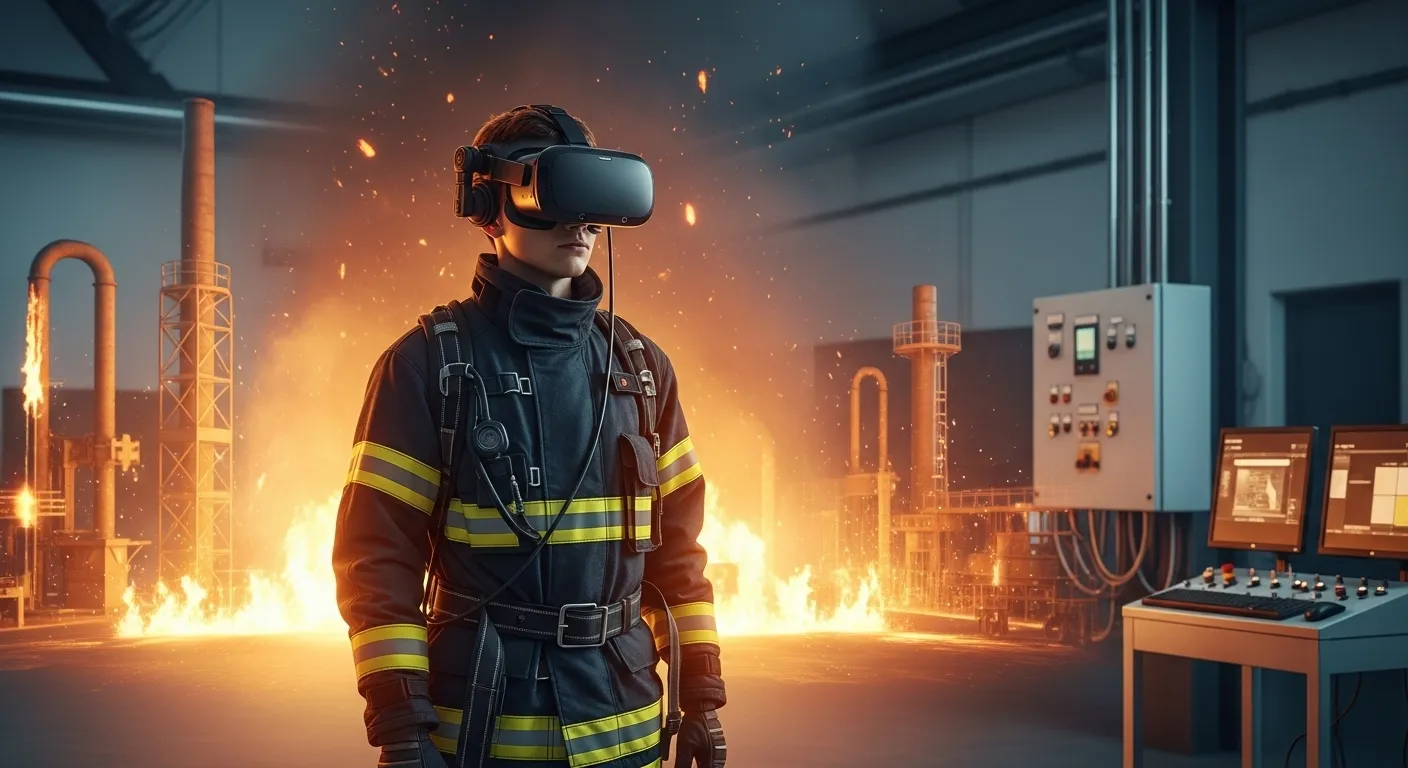
A new VR/AR training platform developed by Gazprom Neft and Russia’s Emergency Ministry is redefining firefighter education—making it safer, more practical, and internationally relevant.
A Digital Leap in Emergency Preparedness
Gazprom Neft and the St. Petersburg University of the State Fire Service of Russia’s Emergency Ministry (EMERCOM) have launched a pioneering training and certification platform for fire safety professionals. It’s the country’s first large-scale educational initiative to merge virtual reality (VR) and augmented reality (AR) technologies, tailored specifically for training EMERCOM personnel. Already being integrated into the EMERCOM Academy curriculum, the platform will eventually support all levels of training—from cadets to active-duty responders.
As Bogdan Gavkalyuk, head of the university, explains, 'Our partnership with Gazprom Neft, a company experienced in deploying real-world digital solutions, helps bring industry-tested tools into emergency response education. These tools are transforming how we train personnel, aligning our system with the fast-paced demands of today’s operations.'
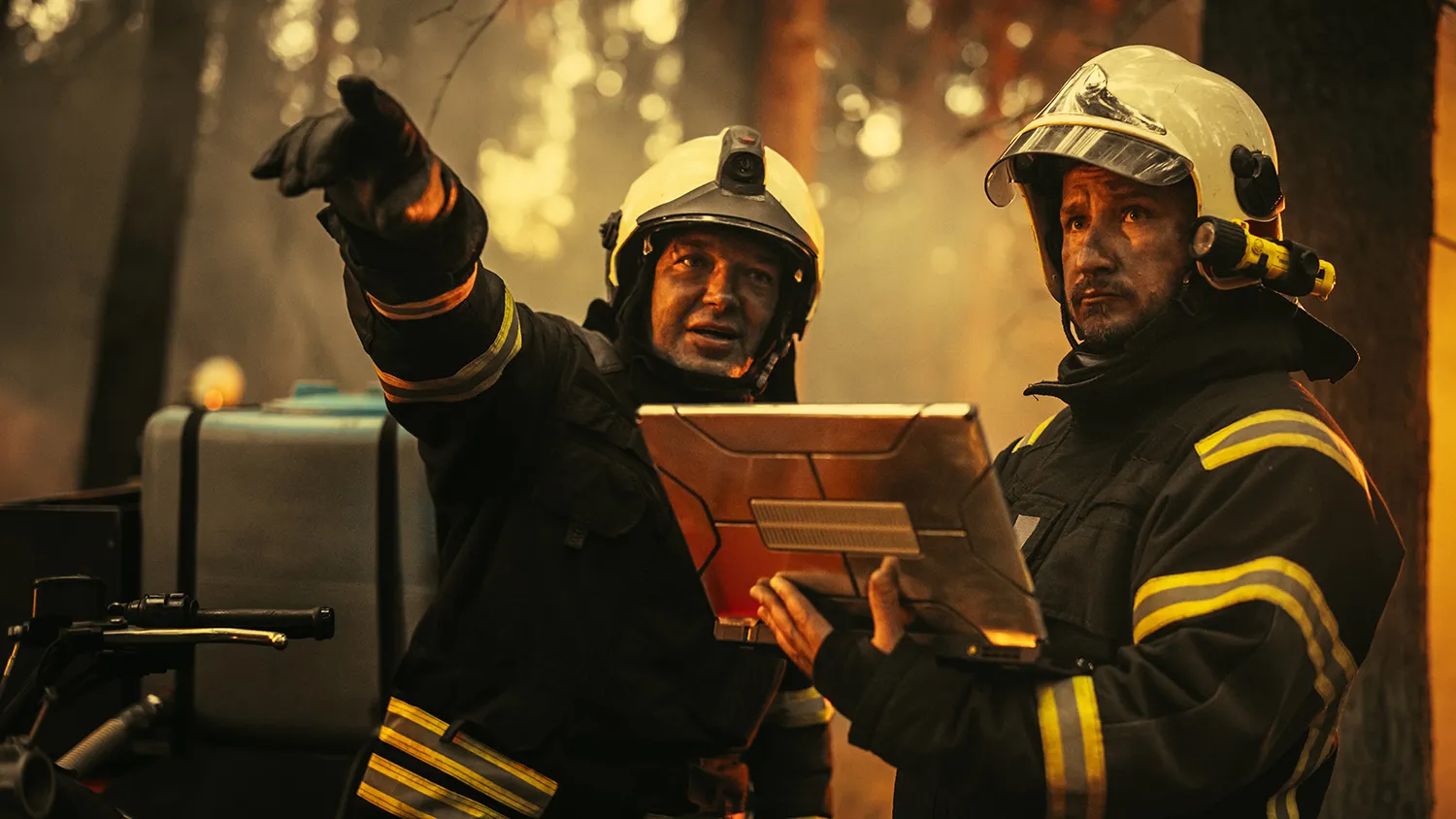
The program features interactive modules that simulate real industrial facilities and emergency scenarios. With digital simulators, trainees can practice extinguishing fires at oil refineries or evacuating burning buildings—all without endangering lives. The result: more effective learning, reduced training risks, and greater readiness for real-world challenges.
Several major Russian companies have already followed suit—Russian Railways, SIBUR, and Sber have all established their own VR/AR training centers, indicating that immersive tech is fast becoming a national standard.
Better Training, Fewer Errors
This project supports the broader strategy of modernizing Russia’s civil protection system. It provides EMERCOM with a pipeline of personnel who are better prepared to respond effectively and safely. For Gazprom Neft, the initiative strengthens its position as a digital innovation leader, showing how immersive technologies can serve not just industry but national safety.
Globally, similar training tools are already common in the EU and the U.S. Russia, by adapting best practices and adding its own technical contributions, is emerging as a competitive force in the digital training landscape.
In the context of national civil security, this initiative is a significant step toward standardizing and modernizing emergency personnel education. Digital training raises the bar on practical preparedness, especially in hazardous industrial settings.
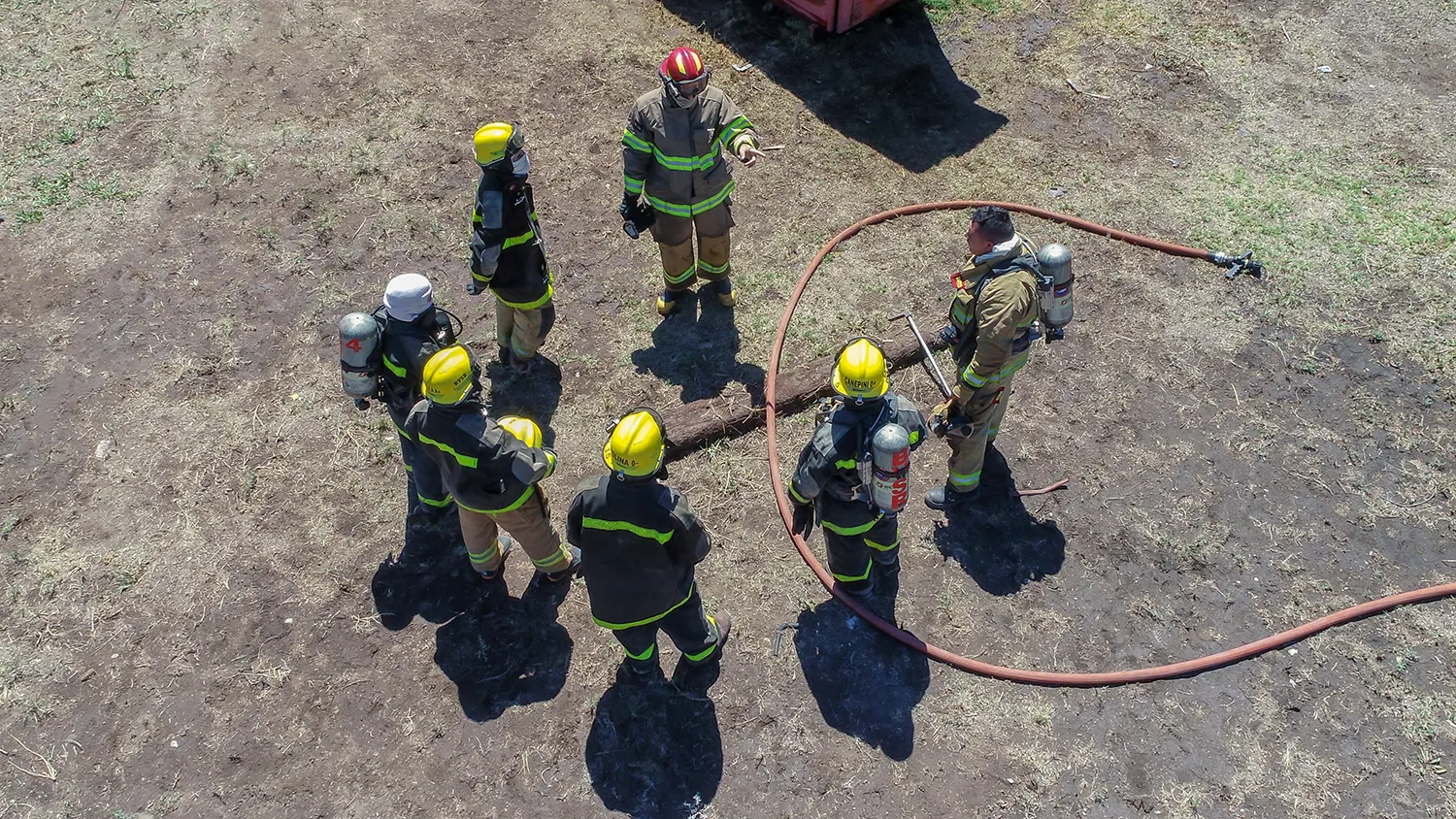
Scaling Locally and Exporting Expertise
A key asset of the program is its export potential. With more countries investing in the digital modernization of their emergency services, Russia is positioned to offer customized versions of its VR/AR platform to partners in the CIS, Asia, and Africa.
Domestically, the platform will expand to additional EMERCOM divisions, including regional departments and specialized units. It is also being considered for integration with other digital initiatives developed by Gazprom Neft, such as its transformation hubs that support digital change across industries.
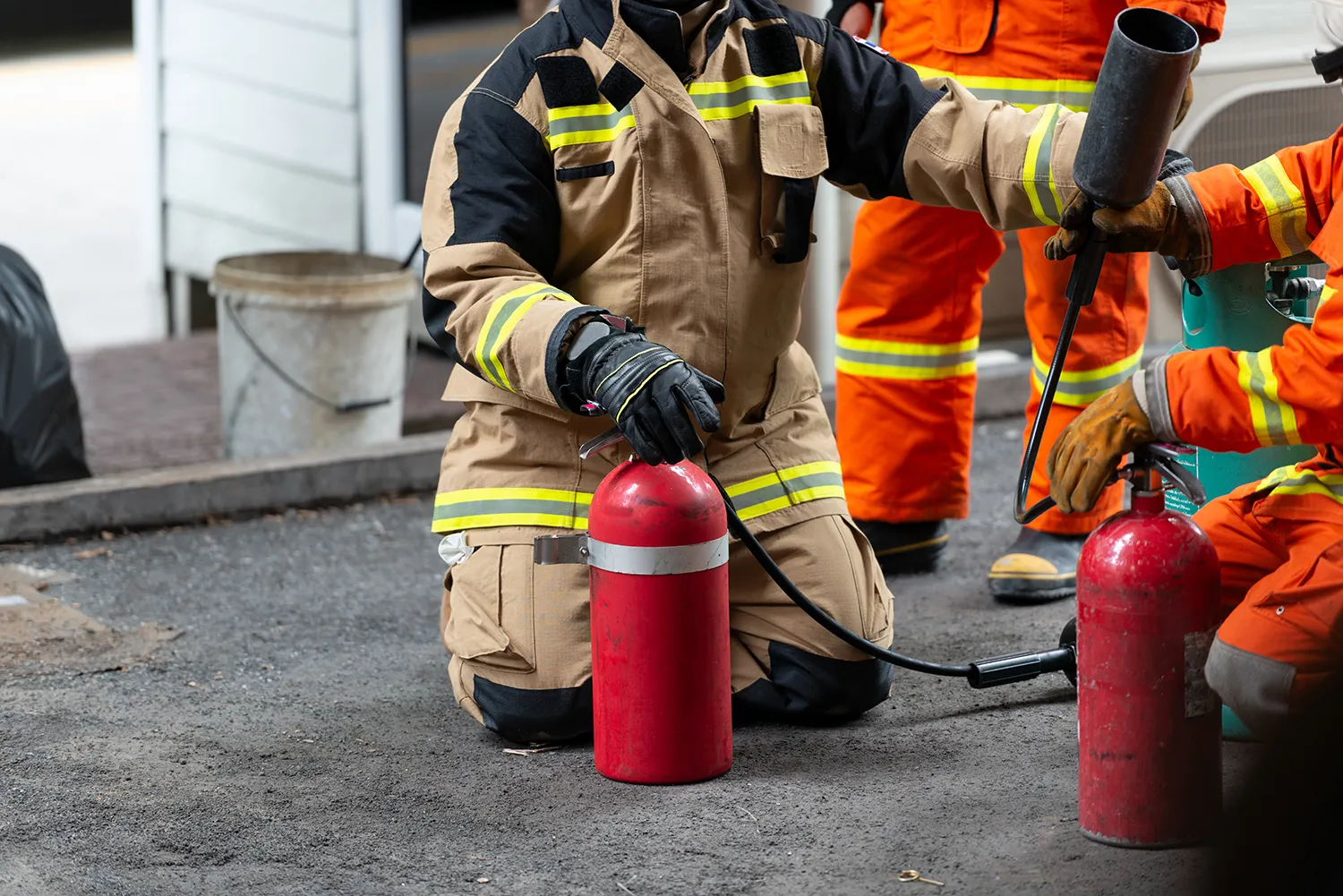
Building the Future of Learning
Gazprom Neft’s investment in immersive training didn’t start overnight. In 2021, it created a digital transformation directorate and launched the 'Tsifergauz' Innovation Center in St. Petersburg. There, it began developing VR/AR tools for remote site inspections and industrial monitoring.
In 2022, the company signed an agreement with Transneft to create a unified digital environment and strengthen collaboration with technical universities. These partnerships laid the foundation for a broader digital ecosystem in the sector.
Between 2024 and 2025, Gazprom Neft expanded its platforms to new areas—from construction to safety. Projects like 'Digital Foreman' and the current EMERCOM training initiative prove the versatility of these technologies. Future plans include AI-enhanced modules, regional customization, and tools to track training effectiveness.
What began as a corporate experiment has grown into a national priority—combining immersive tech with civil protection, and potentially shaping international standards.





